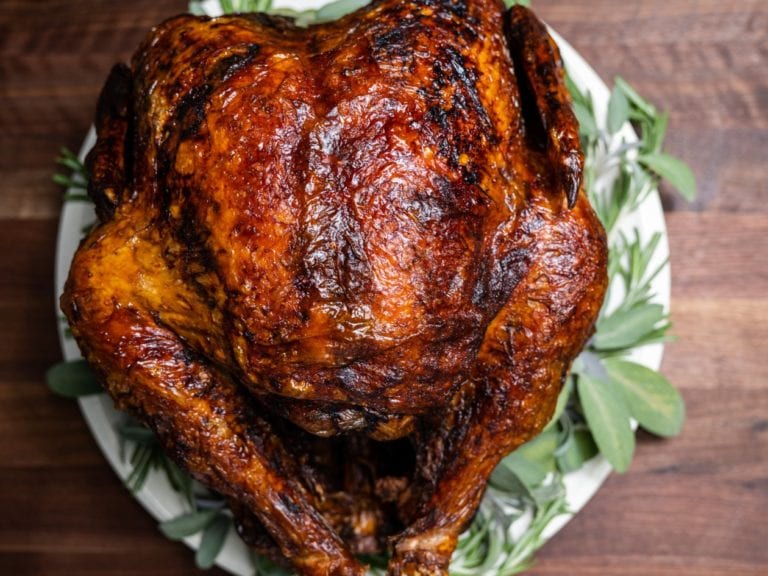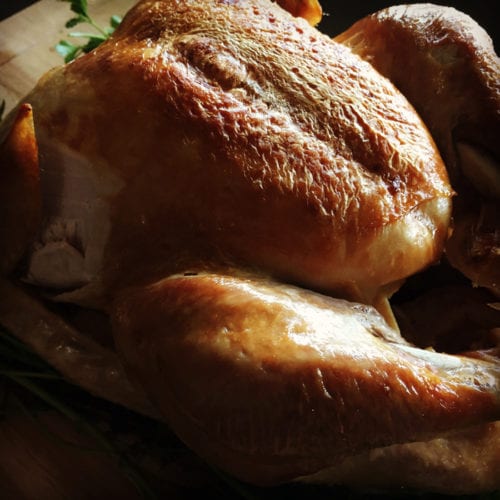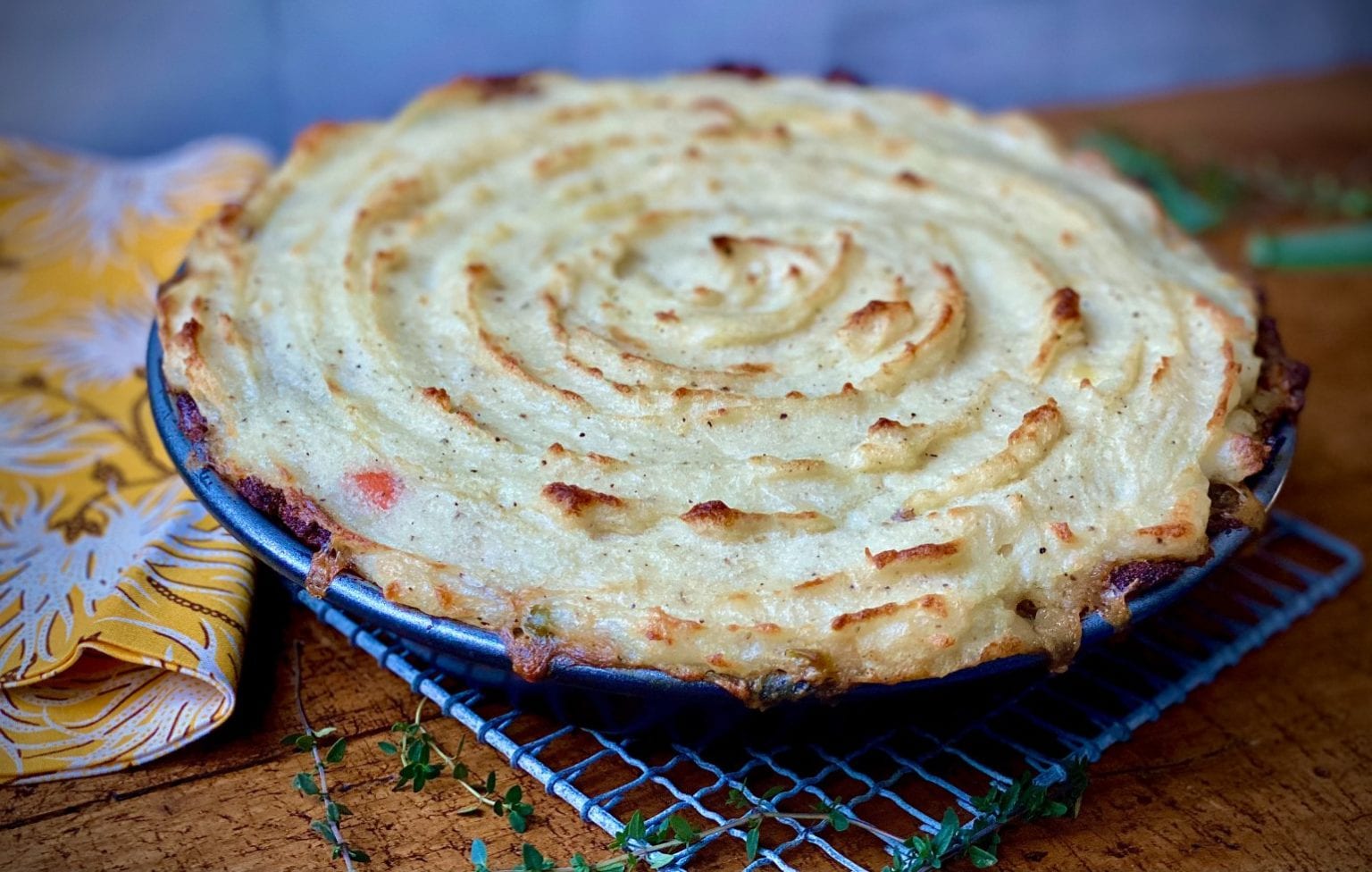Deep Fried Turkey: Alton Brown's Guide
Is fried turkey worth the hype?Absolutely.The crispy skin, the juicy meat, the sheer spectacle of it alldeep-frying a turkey elevates this holiday staple to a whole new level of delicious drama.
For years, home cooks have approached turkey frying with a mixture of fascination and trepidation. Images of blazing propane tanks and grease fires dance in their heads, overshadowing the promise of a perfectly cooked bird in record time. But fear not, aspiring culinary daredevils. With the right equipment, a little preparation, and a healthy dose of common sense, you can conquer the art of turkey frying and achieve golden-brown, crispy-skinned perfection. One of the most vocal proponents of this method, and a man who has almost single-handedly demystified the process, is Alton Brown.
| Bio Data & Personal Information | Career & Professional Information |
|---|---|
| Born: July 30, 1962 (Cleveland, Ohio) | Chef, Author, TV Personality, Cinematographer |
| Residence: Marietta, Georgia | Known for: Good Eats, Iron Chef America, Cutthroat Kitchen |
| Education: University of Georgia (Film) | Culinary Style: Science-based, experimental |
Alton Brown's Official Website
Browns approach emphasizes safety and precision, offering a clear roadmap for achieving a flawlessly fried turkey. His iconic turkey derricka pulley system designed to safely lower and raise the turkey into a vat of hot oilhas become a symbol of this cooking method. While a derrick isn't strictly necessary, it significantly reduces the risk of burns and oil spills. A good quality propane fryer with a sturdy stand and reliable thermometer are essential. Brown also champions brining, a technique that involves submerging the turkey in a seasoned saltwater solution for several hours before frying. This helps to ensure a moist and flavorful final product.
The brining process itself is straightforward. Browns recipe calls for a simple mixture of vegetable broth, water, kosher salt, brown sugar, peppercorns, allspice berries, and candied ginger. This aromatic blend infuses the turkey with flavor and helps it retain moisture during the frying process. The turkey should be fully submerged in the brine and refrigerated for at least 12 hours, or up to 24. After brining, pat the turkey dry with paper towels before frying to ensure optimal crispiness.
While peanut oil is Browns preferred frying medium due to its high smoke point and neutral flavor, other oils like canola or vegetable oil can also be used. The key is to maintain a consistent oil temperature of 350F (175C). Overfilling the fryer is a major safety hazard, so its crucial to accurately measure the oil level beforehand. Brown's method involves placing the turkey in the fryer pot and filling it with water to just cover the bird. This water level then serves as a guide for the oil level. Once the oil is heated and the turkey is ready, carefully lower the bird into the hot oil using the derrick or a sturdy pair of tongs. Fry the turkey for approximately 3 to 4 minutes per pound, or until a meat thermometer inserted into the thickest part of the thigh registers 165F (74C).
Some cooks advocate for adding a touch of canola oil to the turkey skin before frying to promote even browning. While this can contribute to a visually appealing result, it's not essential. The hot oil bath itself will provide ample browning and crisping. Similarly, there's no need to truss a deep-fried turkey. The immersive cooking method ensures even cooking throughout, rendering trussing unnecessary.
Beyond the technical aspects, fried turkey offers a distinct flavor profile that sets it apart from its roasted counterpart. The high heat of the oil creates a shatteringly crisp skin while sealing in the juices, resulting in incredibly moist and tender meat. The flavor is rich and savory, with a subtle hint of whatever oil you choose. Whether its Thanksgiving, Christmas, or a random Tuesday in July, a perfectly fried turkey is a guaranteed crowd-pleaser. It's an experience, a conversation starter, and a culinary adventure that's well worth undertaking. Just remember to prioritize safety, follow the instructions carefully, and enjoy the delicious rewards of your efforts.
While Browns method highlights the use of a brown sugar brine, experienced fryers often advise against using sugar in brines for fried turkey. The high heat can cause the sugar to burn, leading to an unappetizing dark color and potentially bitter flavor. A simple salt brine or even a dry brine can be equally effective in ensuring a moist and flavorful bird. Likewise, rubs are generally unnecessary for fried turkey. The frying process itself imparts a significant amount of flavor, and a rub can sometimes interfere with the crispiness of the skin.
So, embrace the challenge, follow the guidelines, and prepare to experience the crispy, juicy, and undeniably delicious world of fried turkey. Just remember, safety first. And keep a fire extinguisher handy, just in case.


